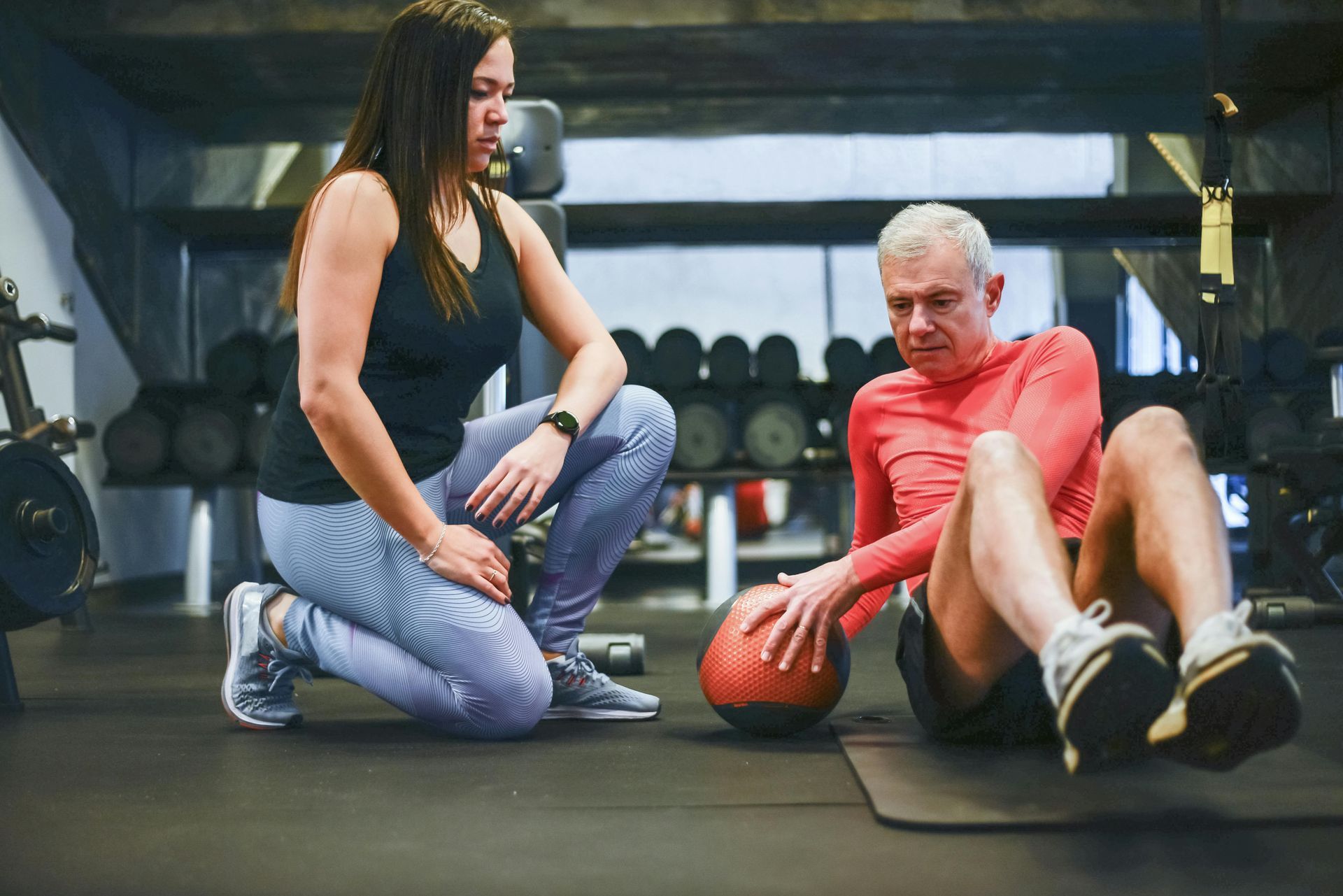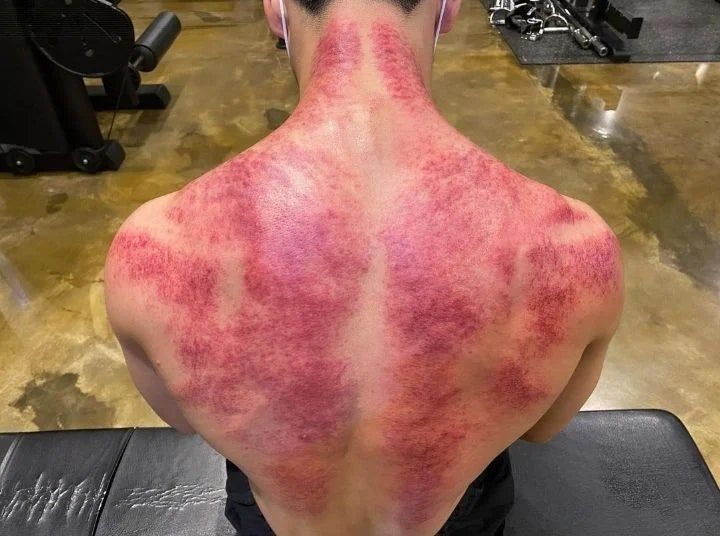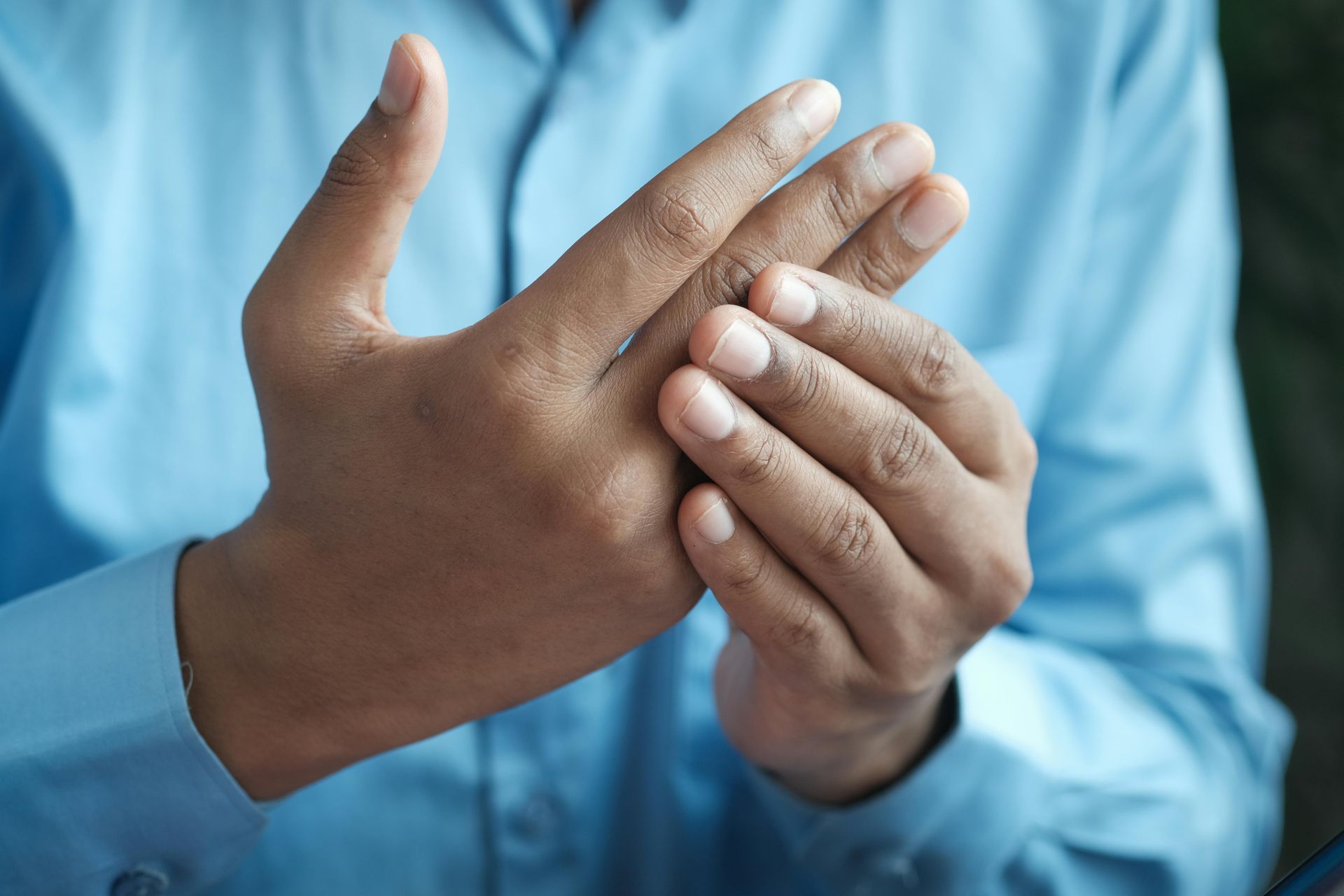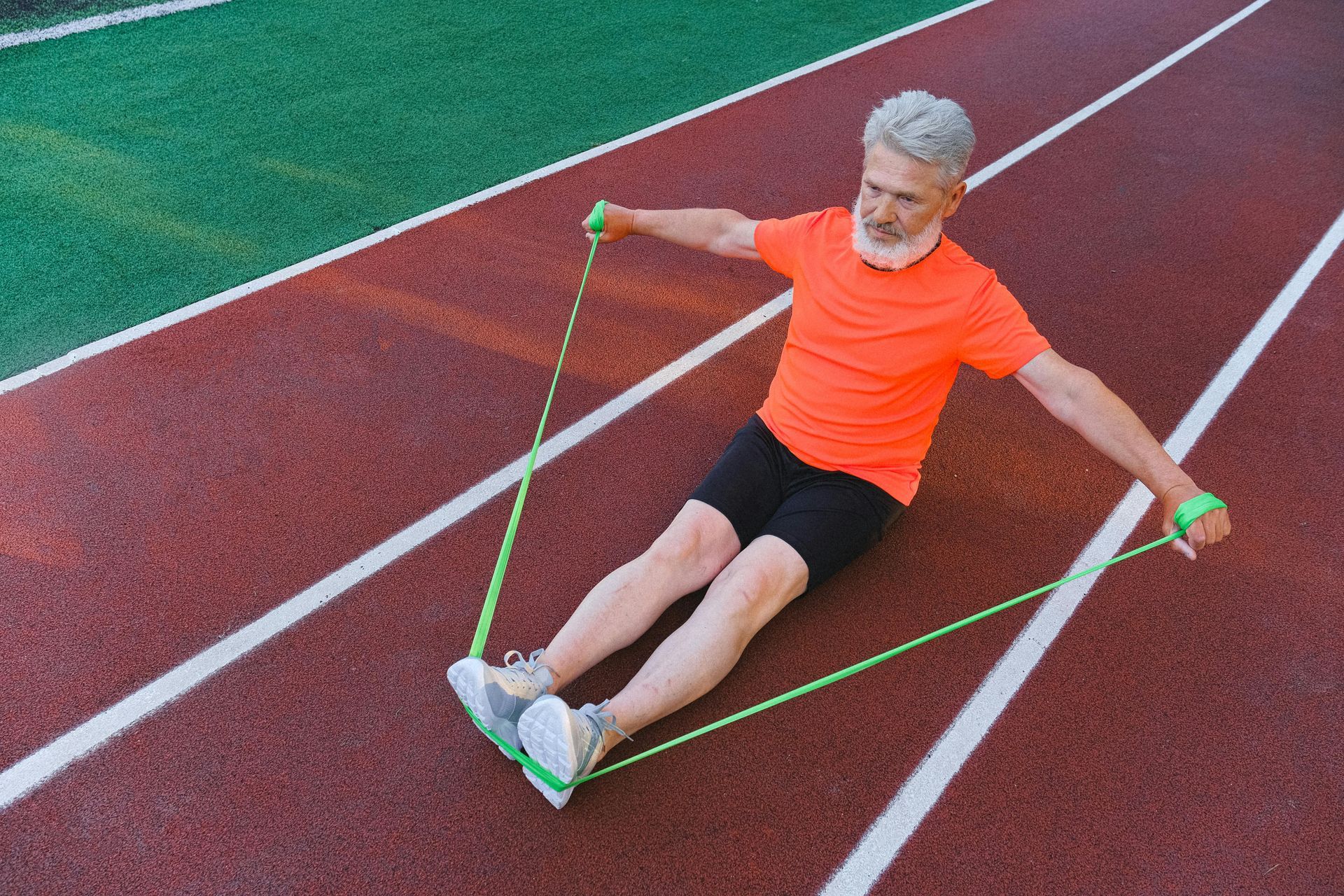Why Rotational Core Strength Matters for Seniors – And How to Build It Safely

As we age, staying strong, stable, and mobile becomes even more important. While most of us know we should keep our core muscles strong, did you know that
rotational core strength,
the muscles that help you twist and turn, is just as important?
It’s the secret to easier movement, better balance, and fewer injuries in daily life.
At Good Health Group Clinic, we create personalised post-treatment plans to help seniors build strength safely and confidently. Let’s dive into why strengthening your rotational core is so important and share a simple exercise you can try today.
Your core isn’t just about having strong abs, it’s the foundation for almost every movement you make.
Think about the last time you reached for something, turned to look behind you, or bent over to tie your shoes. That’s your rotational core at work!
Here’s why keeping these muscles strong is a game-changer:
- Move with Ease: Everyday tasks like reaching, twisting, or bending become so much easier when your core is strong.
- Stay Steady on Your Feet: A strong core helps you balance better, which means fewer slips and falls.
- Say Goodbye to Back Pain: Weak core muscles can lead to back strain. Strengthening your core gives your spine the support it needs.
- Keep a Good Posture: Strong rotational muscles help you sit and stand straighter, reducing muscle fatigue and strain.
How Your Core Works: The Basics Made Simple
Here are some cool facts about how your core keeps you steady and strong:
- Proximal Stiffness: This just means your core acts like an anchor, keeping you stable while your arms and legs move.
- The Guy-Wire System: Think of your core muscles as cables holding your body steady. The stronger the cables, the better your balance!
- Co-Activation: Your core muscles work as a team, all firing up at once to keep you stable and injury-free.
- Abdominal Armour: A strong core protects your spine and helps your body absorb shock, like when you twist or carry something heavy.
When these systems are working well, your body feels supported, and you can move more confidently.
How We Help at Good Health Group Clinic
At
Good Health Group Clinic, we don’t just treat aches and pains, we give you the tools to stay strong and active with a personalised plan that’s easy to follow.
After your treatment, we’ll recommend simple exercises, like
Standing Band Twists, tailored to your needs.
Our plans are designed to:
- Build strength and stability safely.
- Help you move better and reduce pain.
- Fit into your daily routine without being overwhelming.
Try This: Standing Band Twists
Ready to strengthen your rotational core?
Standing Band Twists are a simple and effective exercise you can do at home with a resistance band.
How to Do It:
- Attach a resistance band to something sturdy at chest height (a door handle or pole works well).
- Stand sideways to the band with your feet shoulder-width apart.
- Hold the band with both hands, keeping your arms straight but relaxed.
- Slowly twist your torso away from the band, pulling it across your body.
- Return to the starting position with control.
- Do 10-12 twists on each side.
Tips:
- Keep your hips steady—let your torso do the work.
- Start with a light band and increase resistance as you get stronger.
- Take your time. Slow, steady movements are best!
Why This Exercise Works
Standing Band Twists mimic the twisting movements you do every day, like turning in bed or reaching for something on a shelf.
They build strength, improve balance, and help protect your back. Plus, they’re gentle on your joints, making them perfect for seniors.
A strong rotational core is the key to feeling steady, moving easily, and staying pain-free.
At
Good Health Group Clinic, our personalised plans ensure you get the right exercises for your needs.
Exercises like
Standing Band Twists are simple, effective, and a great way to start building strength today.
Want to feel stronger and more confident in your movements?
Contact us to create a plan that works for you.
Let’s keep you moving and living your best life!
References
- McGill, S. (2007). Low Back Disorders: Evidence-Based Prevention and Rehabilitation. Champaign, IL: Human Kinetics.
- Kibler, W. B., Press, J., & Sciascia, A. (2006). The role of core stability in athletic function. Sports Medicine, 36(3), 189-198.
- Anderson, K., & Behm, D. G. (2005). Trunk muscle activation increases with unstable surfaces during resistance exercise. Journal of Strength and Conditioning Research, 19(3), 619-625.
- Granacher, U., et al. (2013). Effects of core strength training using stable versus unstable surfaces on physical performance in older adults. Journal of Strength and Conditioning Research, 27(7), 1811-1820.
- Hibbs, A. E., et al. (2008). Optimizing performance by improving core stability and core strength. Sports Medicine, 38(12), 995-1008.
- American College of Sports Medicine (ACSM). (2022). Physical Activity Guidelines for Older Adults.
- National Institute on Aging (NIA). (2023). Exercise and physical activity: Your everyday guide from the National Institute on Aging.
- Gray Cook (2010). Movement: Functional Movement Systems: Screening, Assessment, Corrective Strategies.
Blogs














